Further Adventures in Vision Therapy
If rhetorical questions cause a reader to stop reading, does the rest of the essay matter?
I am still trying to figure out why vision therapy has affected my ability to perceive and utilize color. I recently started a new round of vision therapy “tune up” sessions and discovered even more surprising things.
I restarted therapy after a long absence – longer than intended (see August 2013, September 2011, and August 2011 in the archives for earlier episodes in this serial). I was supposed to come in for assessment and maintenance sessions, but life intrudes on the best laid plans, and I went a whole year without therapy. I expected that testing would show a little slippage in my acuity and functionality. If you don’t do any exercise for a while, the muscles get slack, and I assumed the eyes are not an exception.
Now if I could just get my damn stomach muscles to do the same thing.
The artwork I have been doing is nothing like the artwork I used to do. It has evolved (devolved?) into abstract swaths of pure color, some of which seem to move as you look at them. If they start to talk to me, I’ll let you know and you can send for the head doctors. I have no idea how this came about.
I’m like a kid in a candy shop. I have no interest in making pictures of things. I just want to see what happens when certain colors start to dance, with themselves and with each other. I want to explore the emotional responses that colors create.
I started researching color as a result of these weird things happening with my eyeballs, and discovered that the science of color is even weirder than my experiences. For instance, when you look at an object, that object is absorbing all the colors but the color it appears to be: the perceived color is bouncing off that object. That suggests that the object might be all the colors except the one you see.
Wait, it gets freakier. Colors, like sounds, are wavelengths. Synesthetics, people with synesthesia, perceive that each color has a corresponding sound, and sounds have colors. Apparently, it’s more like a chord than a single note, in most cases. It used to be the conventional wisdom that people with synesthesia had some crossed wiring somewhere in the brain. Now neuroscientists are considering the possibility that “normal” people have a mild case of combined blindness/deafness. Since color is a wavelength, and sound is a wavelength, we should be able to read them both as frequencies.
If it ever happens, I will let you know. Please promise not to alert the head shrinkers.
My Behavioral Optometrist is Dr. Steve Gallop: 610-356-7425 http://www.gallopintovision.com/
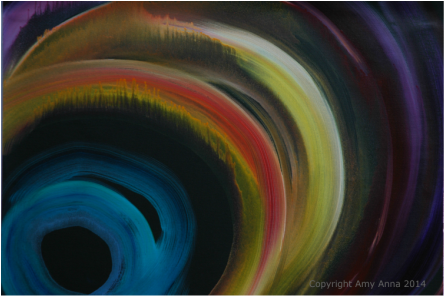
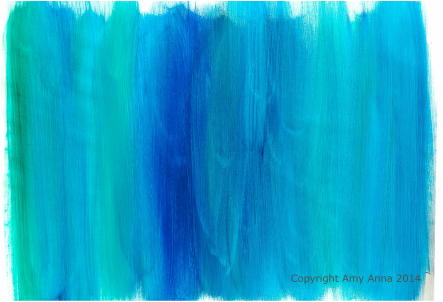
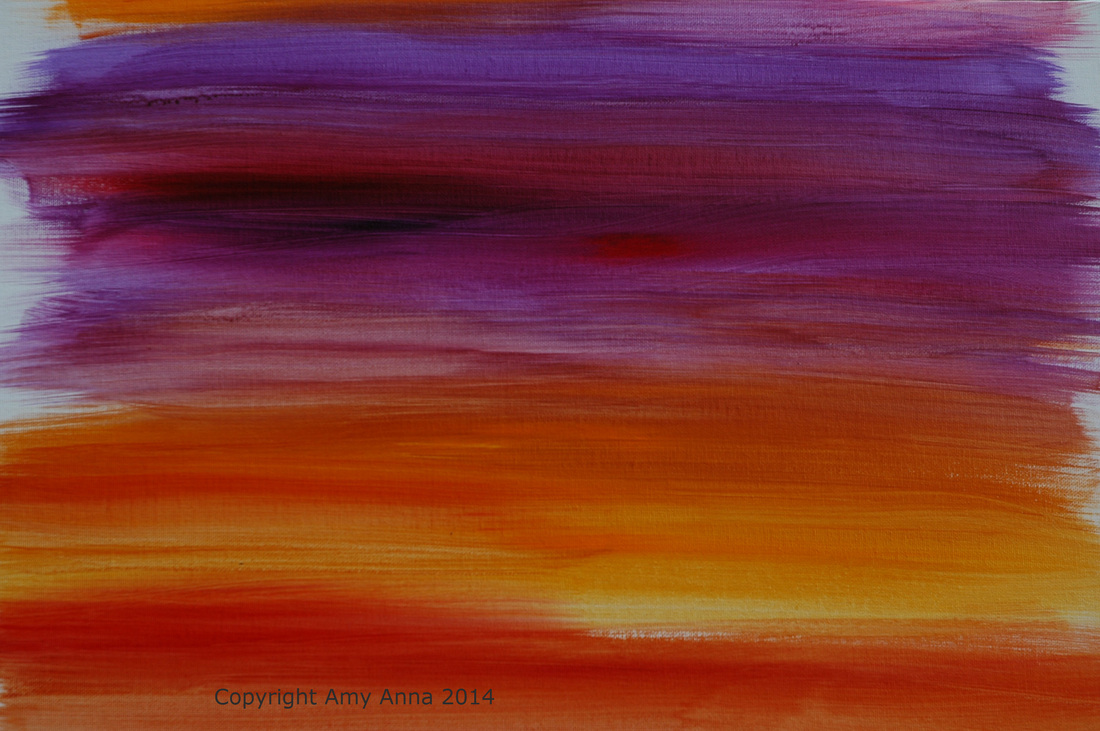
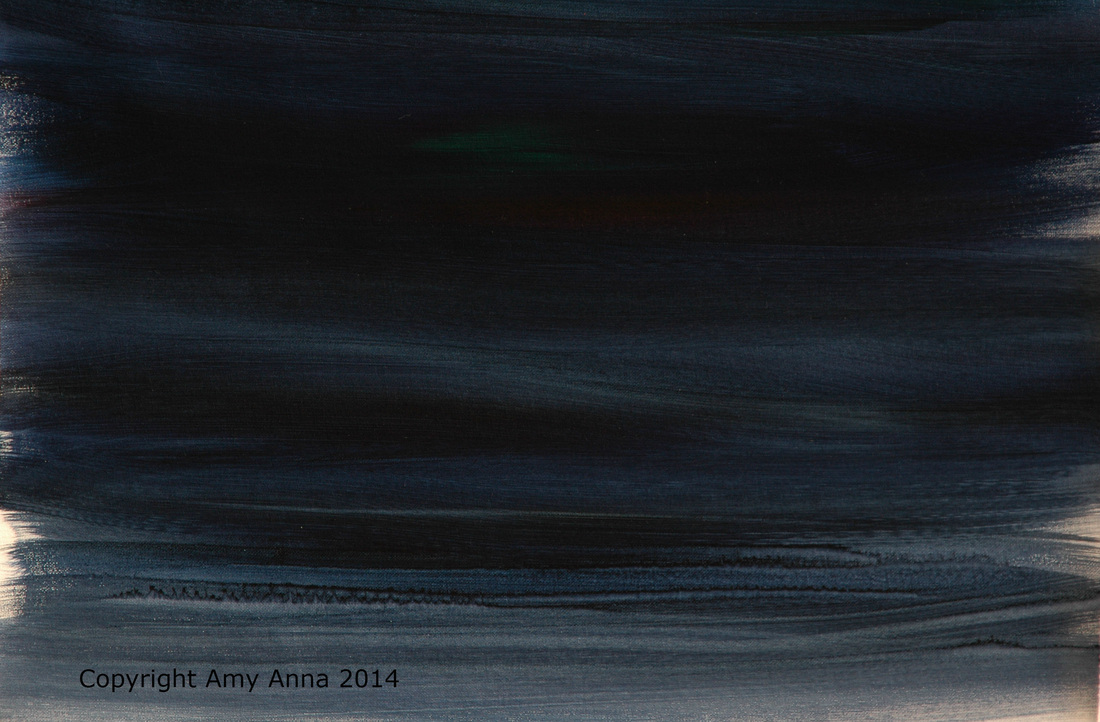
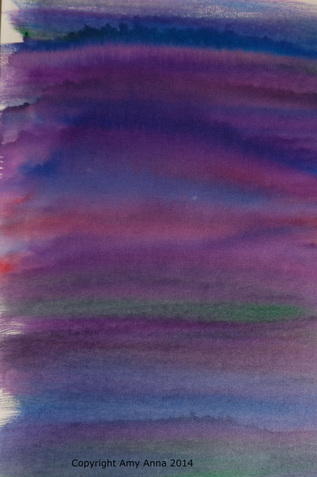
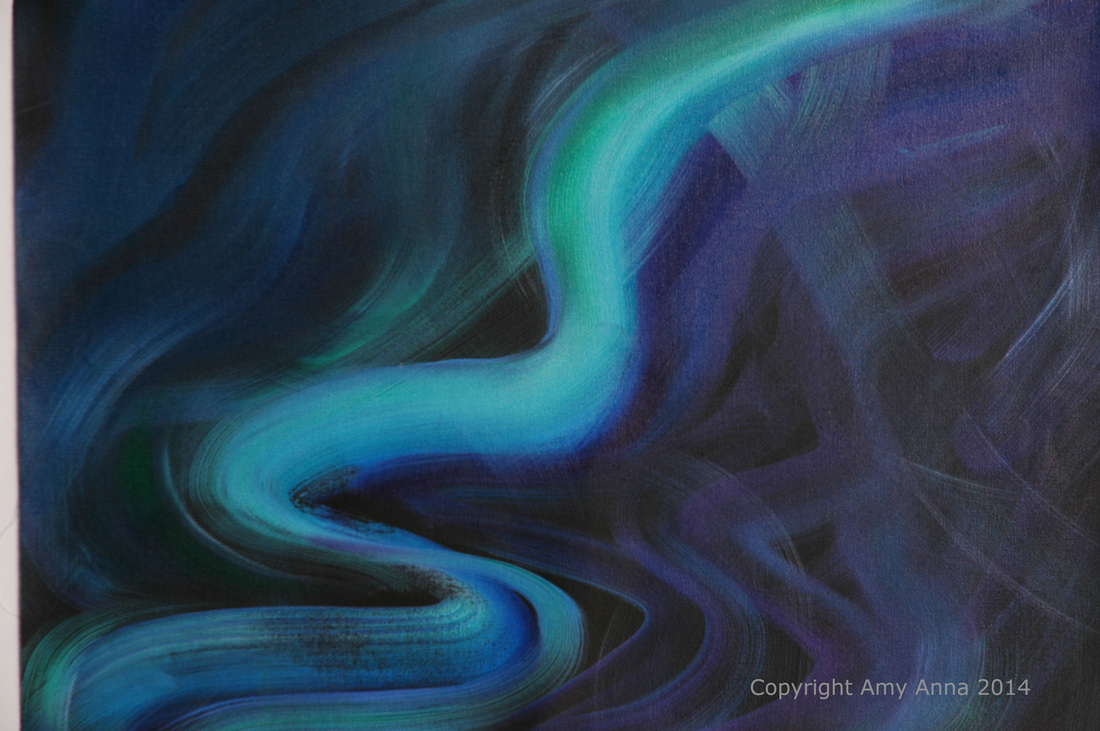
 RSS Feed
RSS Feed
